- Mimicry. Ernest Williams (Hamilton College)
- The Influence of Acidification on Ammonification. Brian R. Shmaefsky (NW Oklahoma State University), tested and presented by Jane Beiswenger (University of Wyoming)
- Population Ecology: Experiments with Protistans. Jon C. Glase and Melvin Zimmerman (Cornell University and Lycoming College)
- Population Ecology: Experimental Models Using Duckweed, Lemna. R. L. Jefferies (University of Toronto)
- Foraging and Flocking Behavior. Christopher Smith (Kansas State University)
- Cemetery Demography. Nancy Flood (University of Toronto), tested and presented by Charles N. Horn (Newberry College)
Download the Title Page and Preface PDF (70 kb) here.
MimicryErnest Williams (Hamilton College) - this lab was tested and presented at a 1991 ESA workshop. In this lab, students will...
Download PDF (1,676 kb) here. |
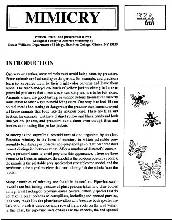 [click on image to enlarge] |
The Influence of Acidification on AmmonificationBrian R. Shmaefsky (NW Oklahoma State University), tested and presented at a 1991 ESA workshop by Jane Beiswenger (University of Wyoming). In this lab, students will...
Download PDF (903 kb) here. |
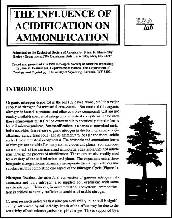 [click on image to enlarge] |
Population Ecology: Experiments with ProtistansJon C. Glase and Melvin Zimmerman (Cornell University and Lycoming College) - this lab was tested and presented at a 1991 ESA workshop. A version of this lab was previously published in the 1991 ABLE Proceedings. In this lab, students will understand...
Download PDF (3,573 kb) here. |
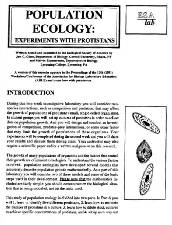 [click on image to enlarge] |
Population Ecology: Experimental Models Using Duckweed, LemnaR. L. Jefferies (University of Toronto), tested and presented at a 1991 ESA workshop by Andrea Worthington (Siena College). In this lab, students will understand...
Download PDF (1,557 kb) here. |
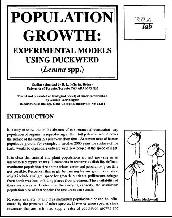 [click on image to enlarge] |
Foraging and Flocking BehaviorChristopher Smith (Kansas State University). In this lab, students will understand ...
Download PDF (2,949 kb) here. |
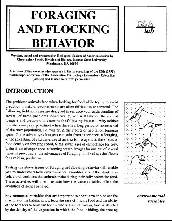 [click on image to enlarge] |
Cemetery DemographyNancy Flood (University of Toronto), tested and presented by Charles N. Horn (Newberry College). In this lab, students will understand...
Download PDF (718 kb) here. |
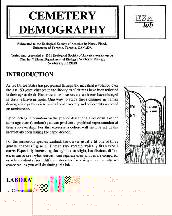 [click on image to enlarge] |